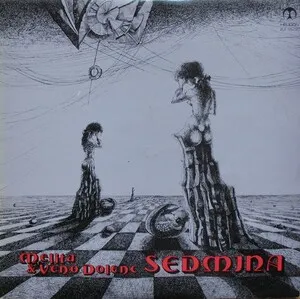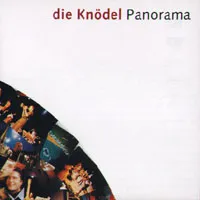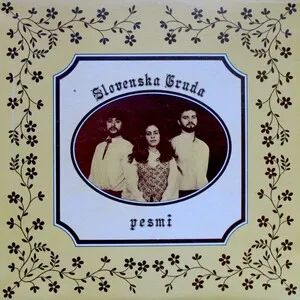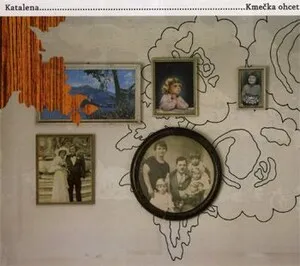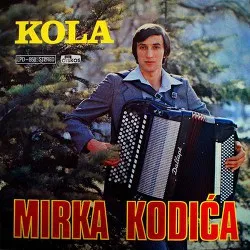Slovenian folk music encompasses a wide range of regional vocal and instrumental traditions from the Alpine, Pannonian, and Mediterranean edges of Slovenia. It includes multipart village singing, narrative ballads, and lively dance tunes such as polkas and waltzes.
Alongside older, rural styles (e.g., drone-based and modal songs, and the distinctive Istrian two-part singing with its characteristic narrow intervals), the 20th century ushered in the “narodnozabavna” (Oberkrainer) sound—small dance ensembles with diatonic button accordion (frajtonarca), clarinet, trumpet, baritone horn, guitar, and bass. This blend of local song, Central European dance rhythms, and tight ensemble arranging made Slovenian folk music a cornerstone of Alpine popular folk across the region.
Lyrics typically celebrate rural life, courtship, seasonal cycles, mountains and vineyards, and are often sung in regional dialects. The mood ranges from festive and dancing to tender and nostalgic.
Traditional Slovenian song and dance practices developed in rural communities, with distinct regional flavors: multipart village singing in the Alpine north and west, drone-supported tunes in the interior, and the coastal Istrian two-part style featuring narrow intervals (often described with the "Istrian scale"). Songs marked life-cycle events, agricultural work, and communal festivities.
During the 1800s, folklorists and clergy began collecting and notating local songs, helping codify regional repertoires. Central European partner dances—especially the polka (2/4) and the waltz (3/4)—spread widely, merging with local melodies. The diatonic button accordion (frajtonarca) became a signature folk instrument.
In the 1950s–60s, ensembles like Ansambel bratov Avsenik forged the Oberkrainer sound: diatonic accordion lead, clarinet–trumpet melodic pair in parallel thirds, baritone horn counterlines, guitar offbeats, and bass “oom-pah.” The style modernized rural dance music while staying rooted in folk forms, and it became popular across the German-speaking world, shaping broader Alpine folk pop.
Post-war festivals, radio, and recordings consolidated a national repertoire, while regional styles (Prekmurje, Štajerska, Gorenjska, Primorska, Bela Krajina, Koroška) retained unique dialects and instruments (e.g., tamburica in the southeast, cimbalom influence near Hungary). From the 1990s onward, revival and crossover artists (e.g., Katalena, Terrafolk, Vlado Kreslin) reinterpreted folk songs with contemporary arrangements, keeping the tradition vibrant at home and in the diaspora.
Slovenian folk music remains central to weddings, village fêtes, and national celebrations. It functions as a living heritage that bridges local identity with a pan-Alpine popular folk sound.


